The work on developing ultra-cold hydrogen was abandoned together with the H2 combustion engine in 2006 – at least, that is what everyone believed. After years of uncertainty, it is now clear that BMW is still holding on to cryogenic technology. Proof of that is the inauguration of a new pump at the multi-energy refueling station in Munich, at which drivers can fill up both their compressed gas and their ultra-cold H2 tanks.
On June 16, 2015, the Bavarian carmaker inaugurated the new refueling station together with Total and Linde in the Detmoldstrasse in Munich, Germany. The station is part of the “axis of hydrogen” between Stuttgart, Munich, Innsbruck and Bolzano within the southern cluster of the European HyFIVE project (see Interview). According to the companies’ statements, the refueling technology deployed here is new territory for both the businesses and the Clean Energy Partnership (CEP) involved, because the station directly opposite to the Research and Innovation Center of the BMW Group offers a pump for cryo-compressed H2 filling in addition to a 700-bar one.
The station uses a cryogenic H2 high-pressure pump by Linde. It directs the ultra-cold hydrogen gas, which is stored in a liquid state at -253°C on-site, into the car tank that has a pressure of up to 350 bar. According to BMW, the storage temperature inside the vehicle is between -210 and -240°C. The cryogenic pump connected to the ionic compressor also enables the supply of the second pump station, at which one can refuel hydrogen gas compressed in the conventional way (GH2, 700 bar, -40°C).
Reduced boil-off losses
The difficulty with this technology is still the heat that enters despite good insulation, which increases the pressure in the tank. It, however, has been possible to reduce the boil-off, meaning the escape of H2 gas. Asked about it, the BMW Group replied: “We strongly believe that we can achieve breakthroughs in the long term.” The Bavarian carmaker, however, did not want to divulge the name of its development partner. In the past, the group had collaborated with both Linde and Magna regarding cryogenic tanks.
The project partners hope to increase the range of fuel-cell cars, since ultra-cold hydrogen has a higher storage density than gas compressed in the usual way. According to company information, the cryo-compression tank technology had a 50% higher H2 tank capacity compared to the 700-bar version.
The tests are being conducted with new BMW cars (5 Series Gran Turismo), which have so far been the only vehicles that possess this kind of cryogenic tank. Matthias Klietz, Head of Powertrain Research at the BMW Group, explained: “With this new hydrogen range, cars in private and business use can run a long time on electric power only and produce no emissions locally while their users won’t have to downgrade in comfort, space and mileage.“
When asked by H2-international why BMW was the only carmaker which still holds on to cryogenic hydrogen, a company spokesperson replied that it was an option for the long run in a pre-development stage. He said: “Over the medium term, the 700-bar standard is right, but for the long term, we will continue work on the cryogenic pressure tank technology.”
18 of 50 H2 stations
The refueling station in the Detmoldstrasse, which was subsidized with EUR 1.4 million under the German National Hydrogen and Fuel Cell Technology Innovation Program (NIP), is the 18th of a total of 50 hydrogen filling stations originally planned to be installed until the end of 2015 in Germany.




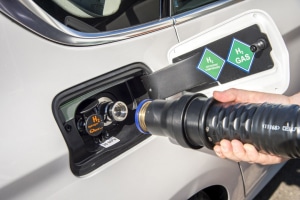


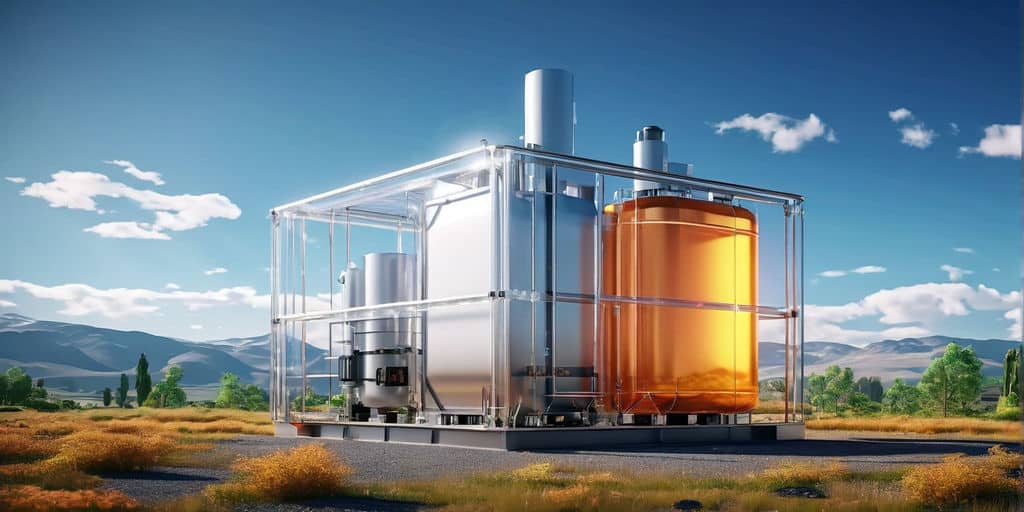
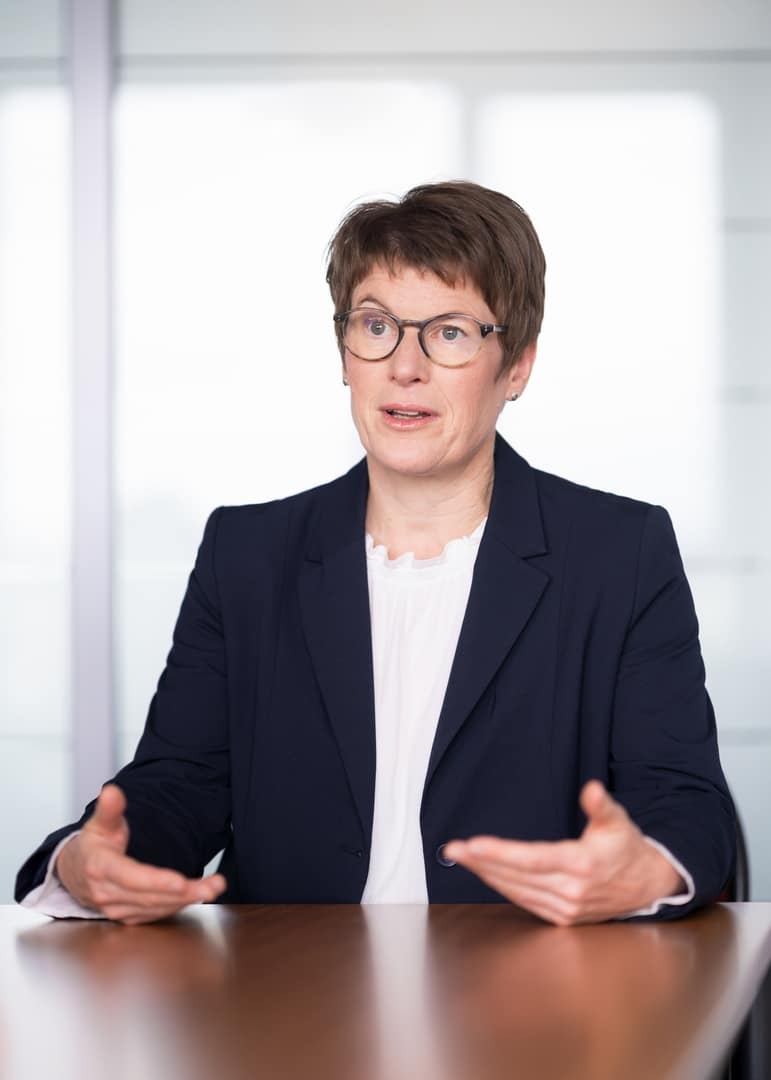
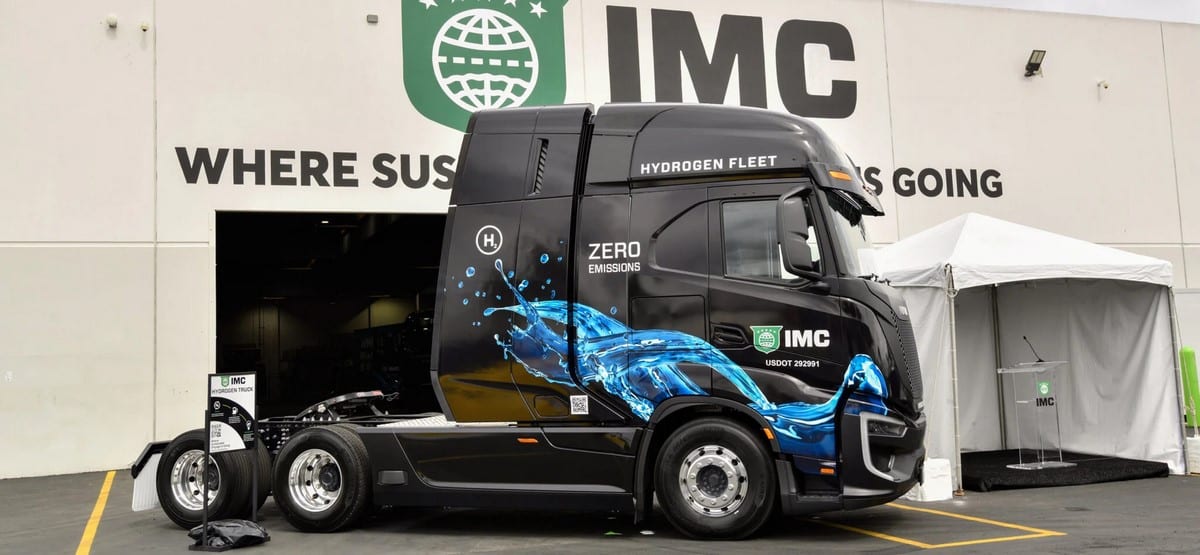

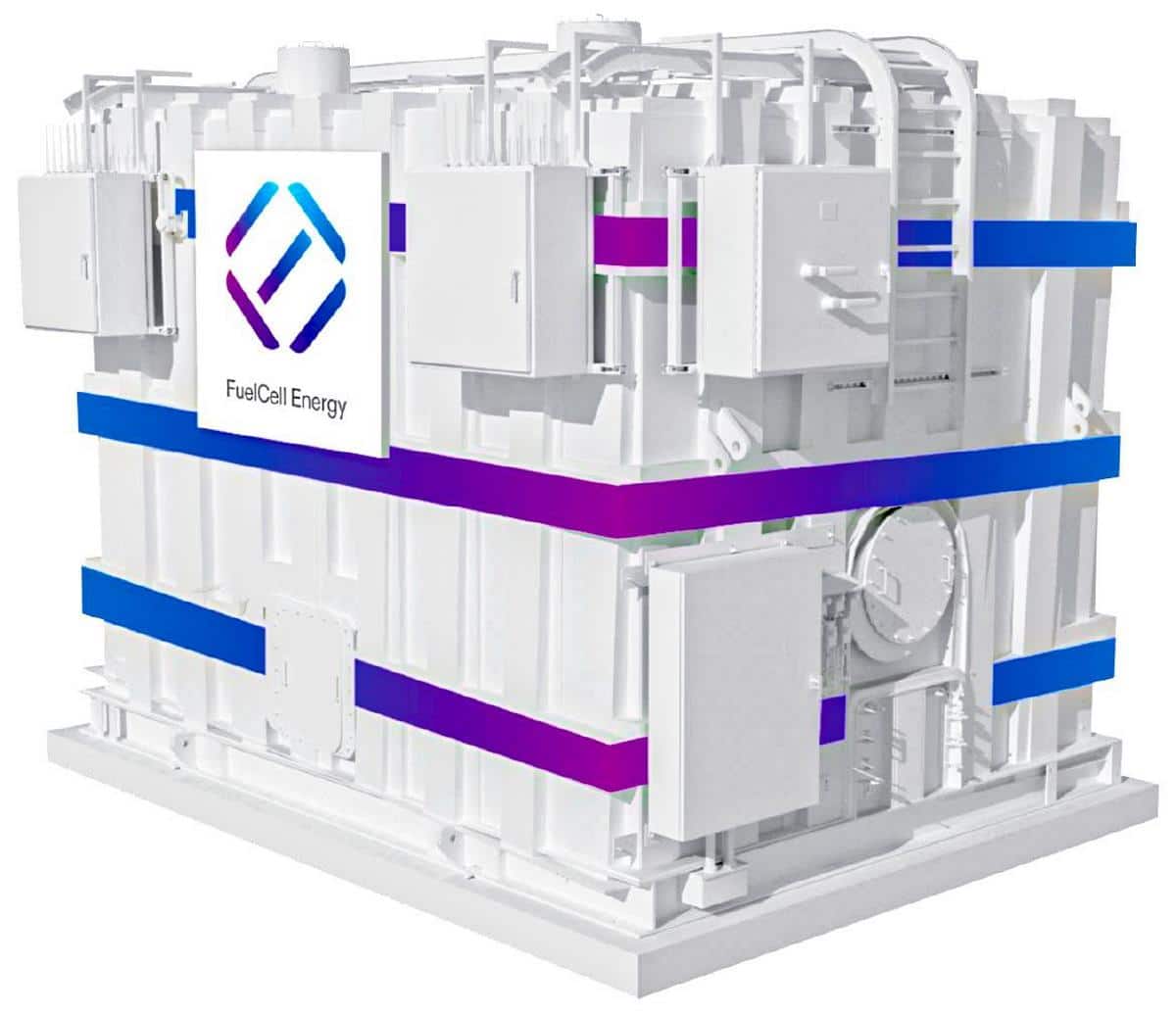
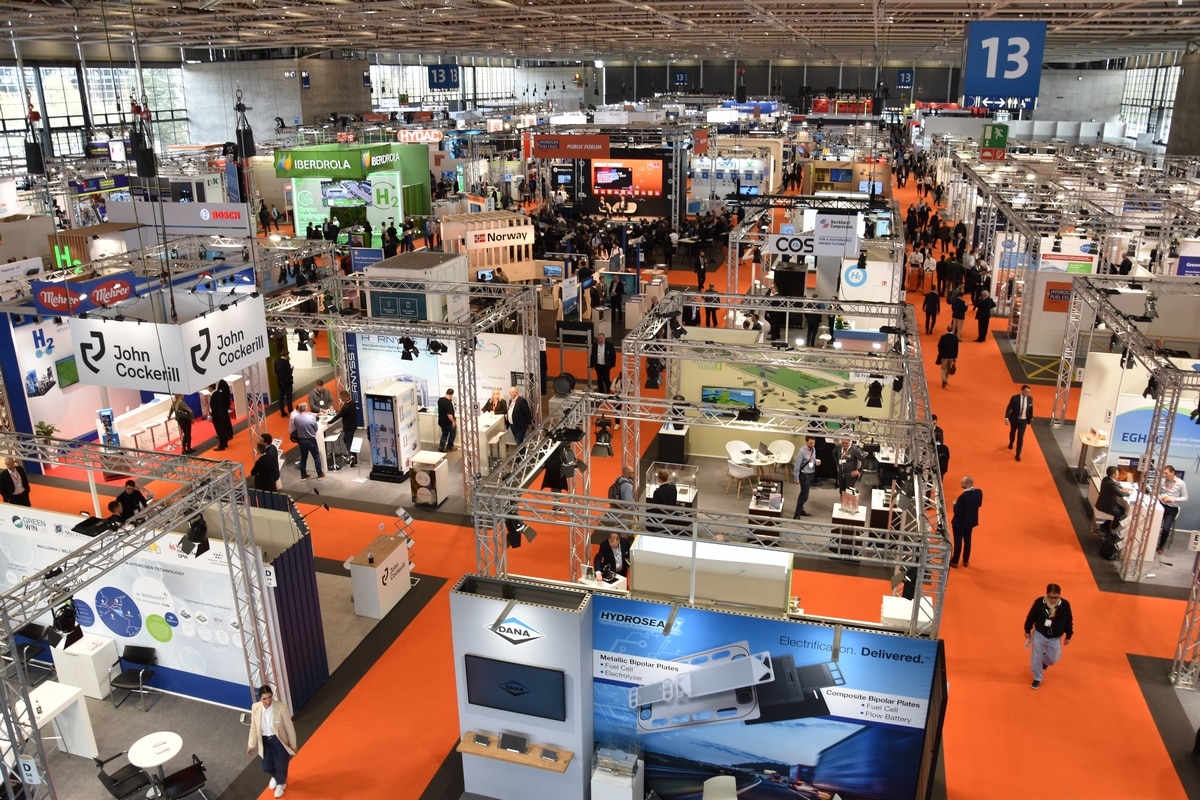
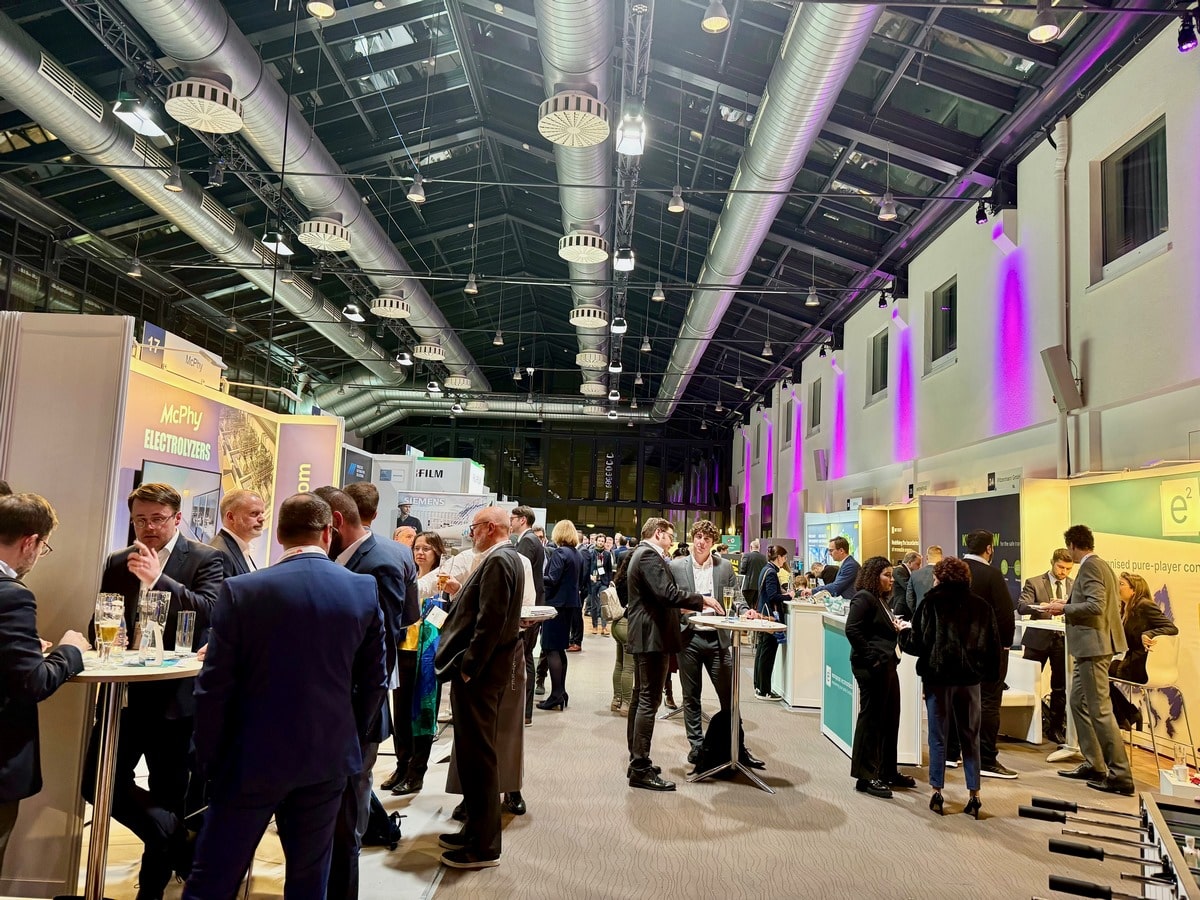

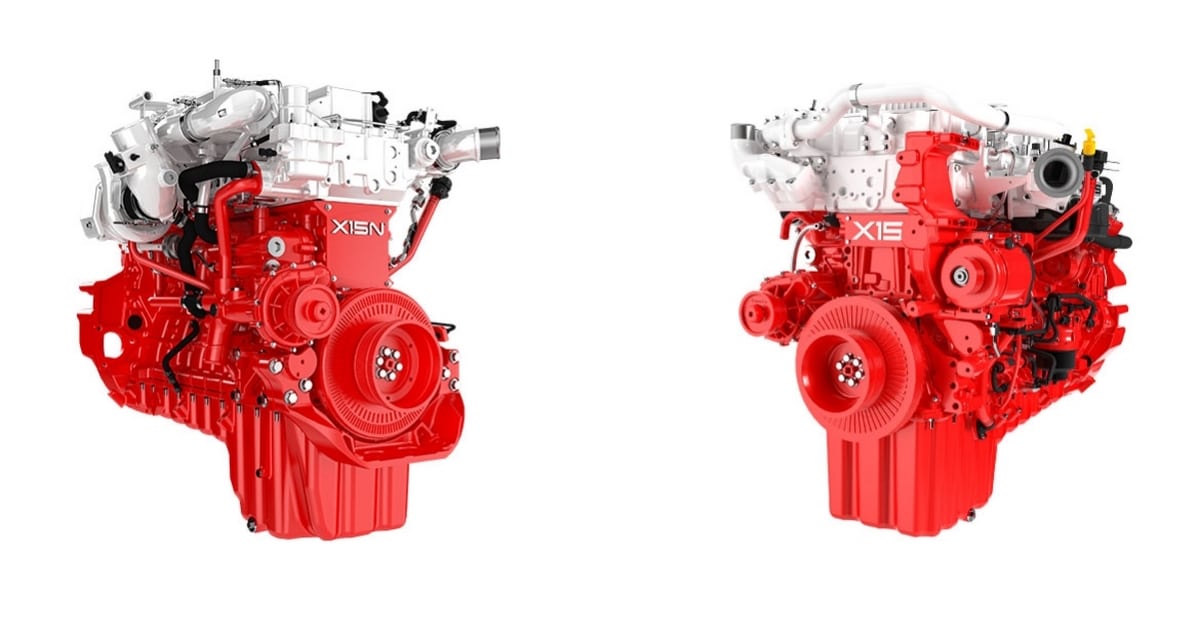
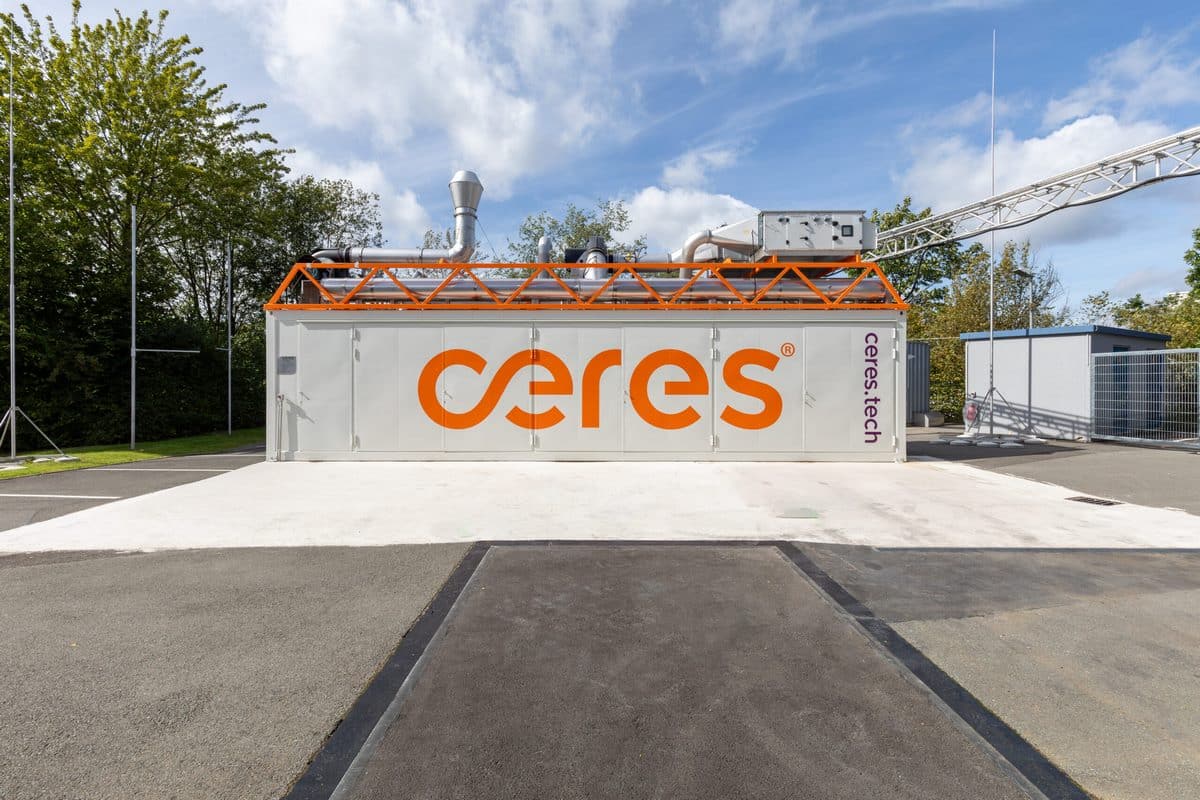

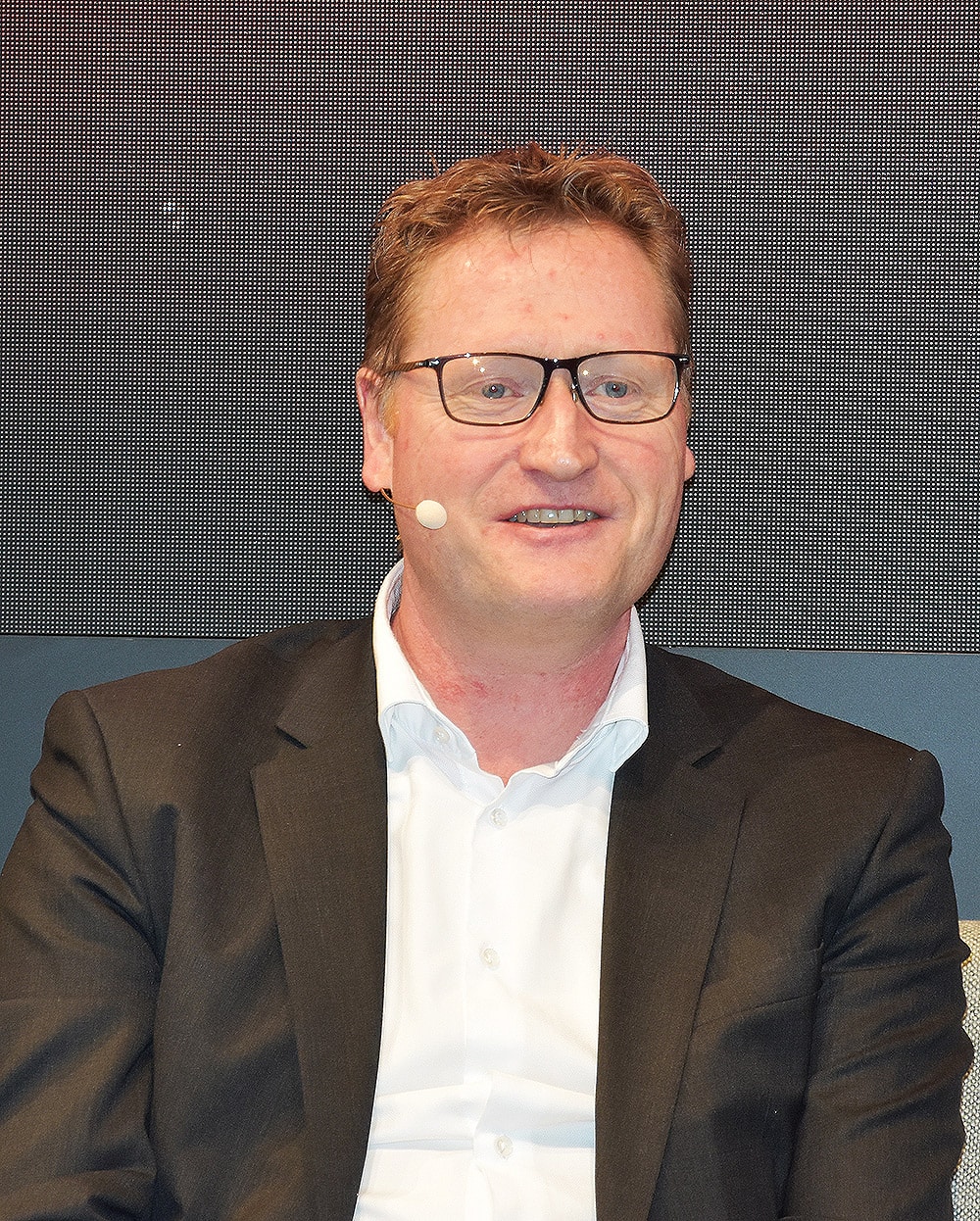


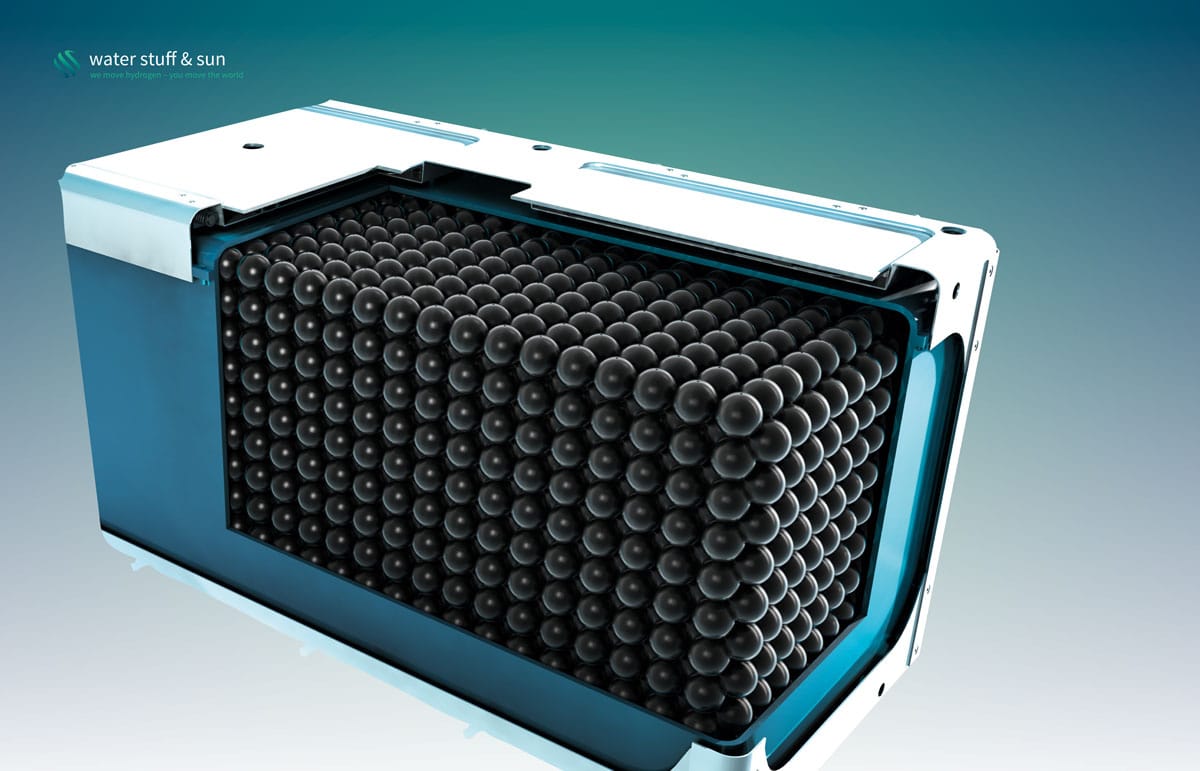

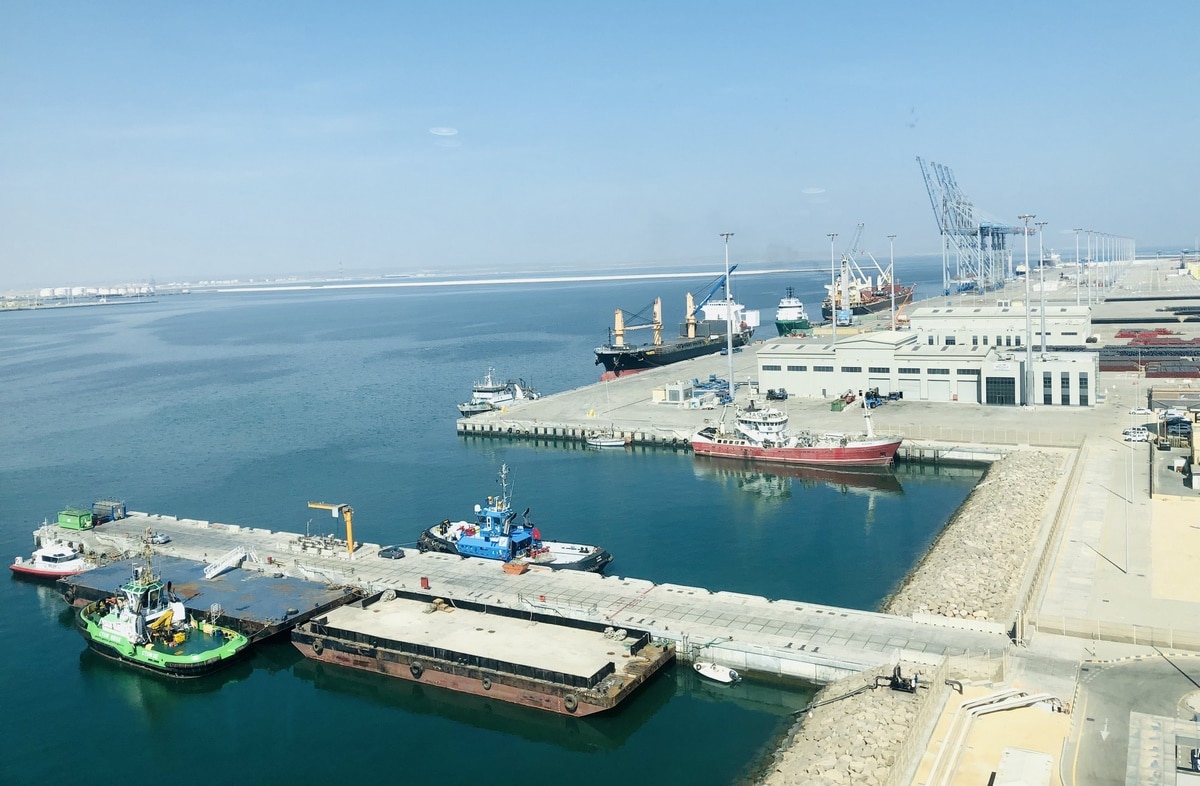

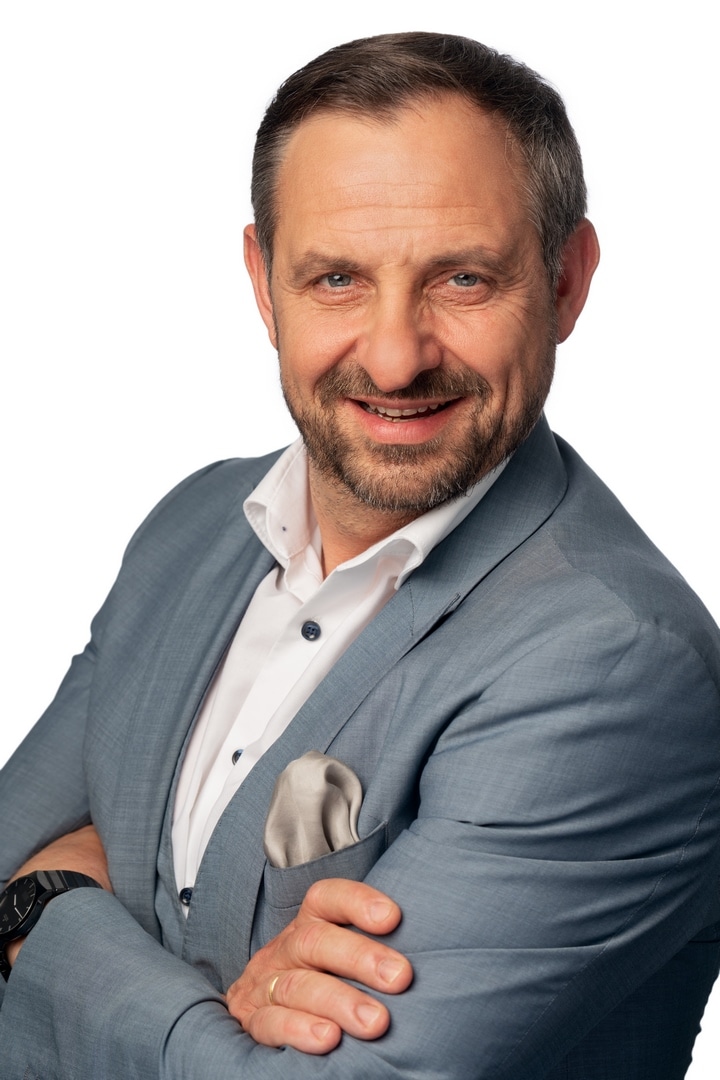
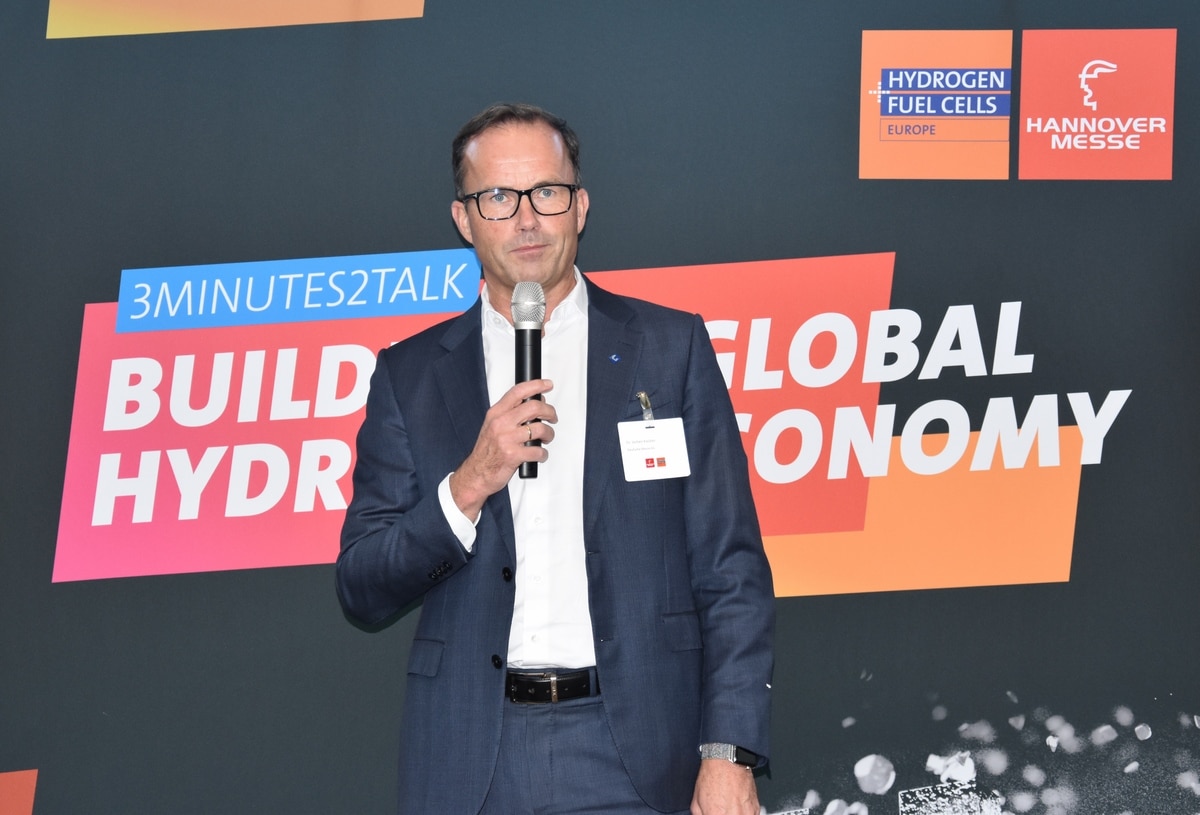
0 Comments